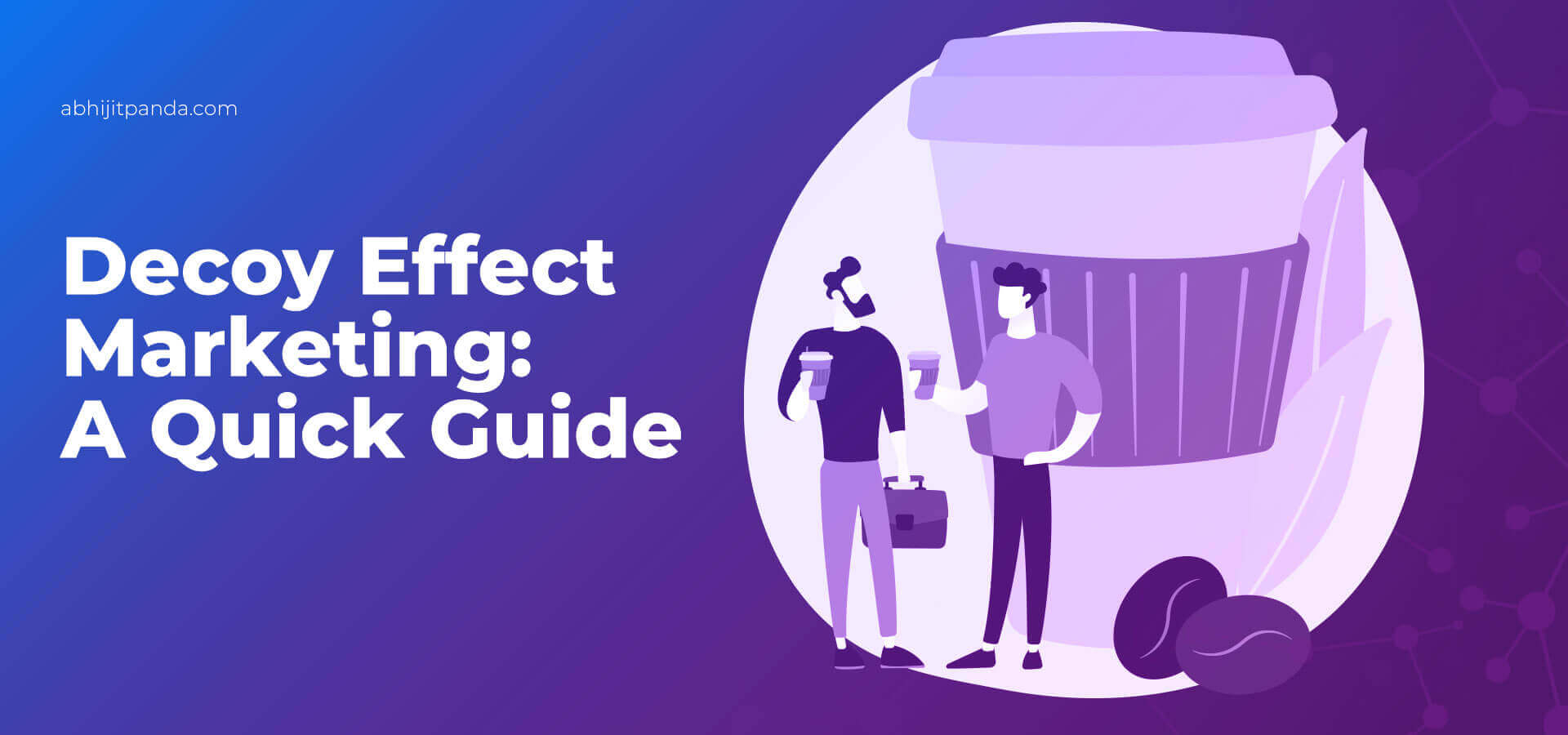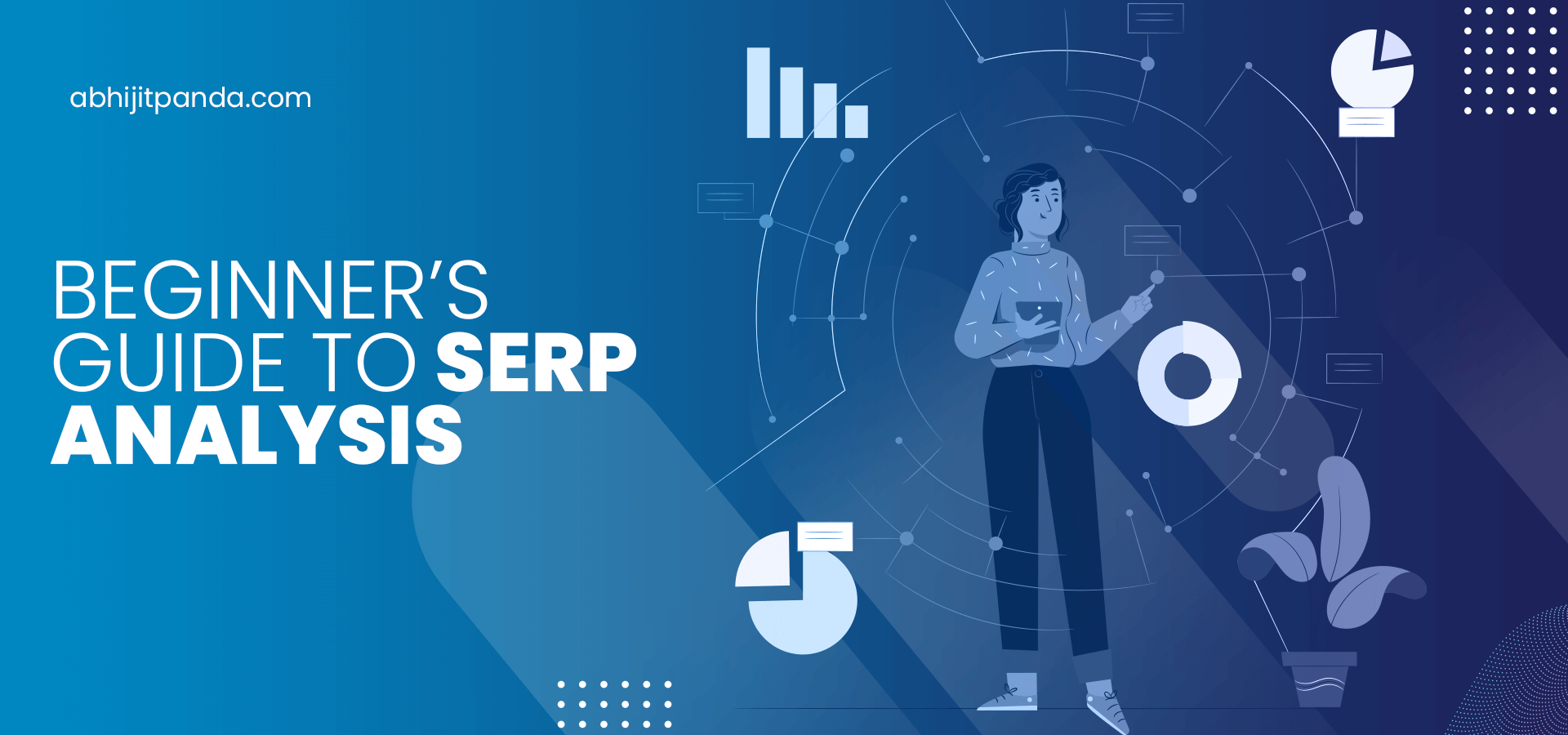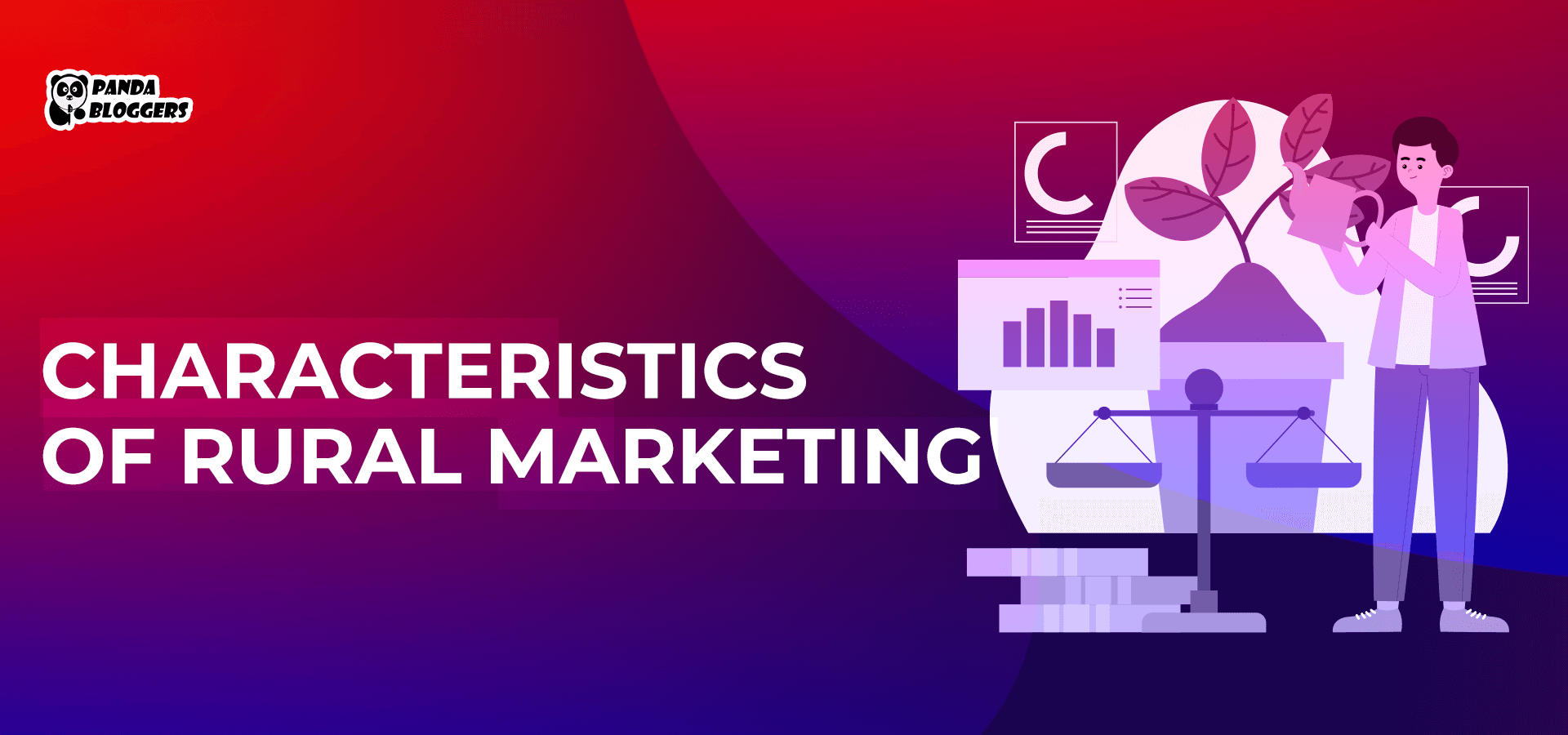 Decoy Effect Marketing: A Quick Guide
Decoy Effect Marketing: A Quick Guide
While making a purchase decision, consumers compare multiple options. They finalize two options after conducting a cost-benefit analysis. But they often change their preferences when they are presented with a third option that is less attractive than the two options. Decoy effective marketing focuses on making a customer choose the most-expensive option by presenting a less-attractive option.
According to Wikipedia,
“In marketing, the decoy effect (or attraction effect or asymmetric dominance effect) is the phenomenon whereby consumers will tend to have a specific change in preference between two options when also presented with a third option that is asymmetrically dominated.”
Most retailers these days increase sales revenue by introducing decoy products. Leading academics have shown how companies boost the sale of products and services by introducing decoy products. They use decoy effect marketing strategies to make consumers choose a more expensive or profitable option by changing their performance.
How Does Decoy Effect Marketing Work?
Decoy effect marketing focuses on changing a consumer’s preferences by introducing an inferior third option. We can understand how this works based on the often-cited example of popcorn. For instance, a consumer is comparing a large bag of popcorn and a small bag of popcorn.
The large bag of popcorn costs $6.5 while the small bag of popcorn costs $5. The consumer will opt for the small bag of popcorn to save $1. But the seller will make her buy the large bag of popcorn by introducing a medium bag of popcorn that costs $6.
The medium bag of popcorn will make the consumer feel that he becomes profitable by buying the large bag of popcorn. Hence, the decoy effect is a psychological pricing strategy that makes consumers consider price instead of value while buying a product or service.
How Do Businesses Use Decoy Effect Marketing?
Enterprises from various sectors use decoy effect marketing techniques to increase sales revenue. They launch decoy products that appear similar to high-value products but differ in a single feature like volume or price. But every company uses these psychological pricing strategies in a specific way.
For instance, some businesses introduce a single decoy product to keep a consumer’s decision-making process simple and fast. At the same time, many companies introduce multiple decoy products to make the consumer feel that she is buying the most-expensive product at a good price.
While planning decoy effect marketing campaigns, decision-makers focus on choosing the best-suited price and offering it at the right price. In addition to considering the prices of other products in the set, they review the pricing strategy of competitors.
What are the Major Advantages of Decoy Effect Marketing?
At present, leading e-commerce companies and cloud-based software providers leverage decoy effect marketing to get incremental revenue. At the same time, decoy effect marketing techniques are used widely by enterprises from various sectors to make consumers buy profitable products. Hence, decoy effect marketing helps businesses leverage a slew of benefits.
Reduces Available Options
Too many options often make a customer’s decision-making process complex. Also, additional options increase the chances of a consumer abandoning the profitable product. Decoy effect marketing helps brands reduce the number of options available to a buyer. At the same time, the brand can influence the consumer’s preferences by offering limited and selected options.
Boosts Sale of Profitable Products
Businesses do not expect consumers to purchase decoy products. Instead, they launch decoy products as a psychological pricing strategy to make customers buy more-expensive products. Hence, decoy marketing strategies help businesses increase revenue and profit simultaneously by boosting the sale of profitable products.
Sell Low-Performing Products
Multiple products launched by the same company differ from each other in the category of sales numbers. Businesses find it challenging to increase the sale of certain products despite running multichannel marketing campaigns.
They can boost the sales number of such products using decoy effect marketing techniques. They can make consumers buy the underperforming products by showing decoy products with higher price tags.
Increase Sales Revenue
Brands use decoy effective marketing techniques to boost the sale of high-performing and poorly-performing products. They can make customers buy profitable products by introducing decoy products. Likewise, they can boost the sale of poorly-performing products by increasing the price of decoy products. Leading e-commerce companies leverage decoy effect marketing to increase sales revenue consistently.
What are the Major Disadvantages of Decoy Effect Marketing?
Leading brands use decoy effect marketing strategies to boost the sale of their products and services. But businesses can leverage this psychological pricing strategy only by overcoming some of the major disadvantages of decoy effect marketing.
May Impact Customer Experience
While creating decoy products, companies often prioritize price over value. They make consumers opt for more-expensive products by influencing their subconscious minds. But consumers expect additional benefits or values while paying more for a product.
Some consumers further impact brand reputation by posting negative comments and reviews. Hence, a business cannot retain customers without adding more features to high-value products. Its decoy effect pricing strategy must focus on value and pricing simultaneously.
Needs Solid Strategizing
As noted earlier, the decoy effect is a psychological pricing strategy. The strategy will fail when a business does not set the price of decoy products inaccurately. A business can leverage the strategy only by determining the right prices.
Decision-makers need to review their own and competitors’ pricing strategies to ensure that the decoy product will make the consumer choose the most expensive option. Hence, businesses have to invest in sophisticated tools to make data-driven decisions while launching a decoy product.
Conclusion
Decoy marketing focuses on making consumers choose a more expensive product by presenting them with a less attractive option. Companies and startups across sectors use this marketing technique to increase revenue and profits.
But decoy effect marketing, like other marketing strategies, has its advantages and disadvantages. A business can increase sales revenue consistently only by implementing decoy marketing techniques in the right way and under the right circumstances.
Also, it needs the pricing strategy regularly to influence consumers psychologically to buy profitable products. Leading brands ensure that decoy effective marketing techniques boost sales without affecting customer experience and customer loyalty.









Leave a Reply